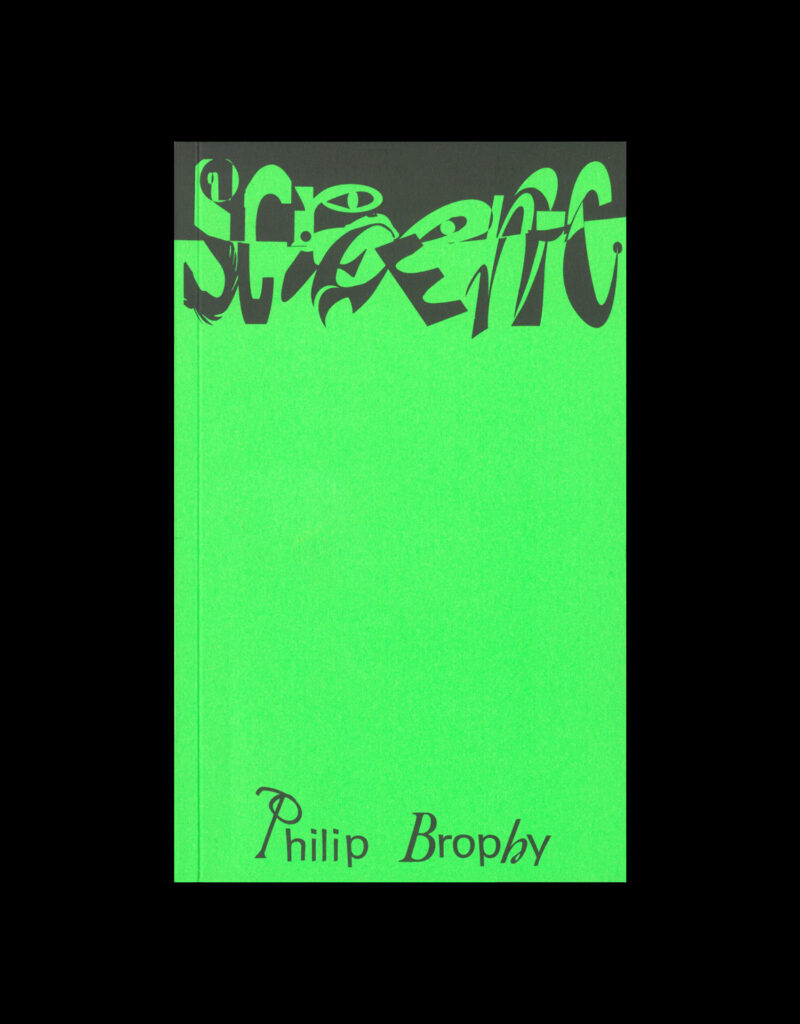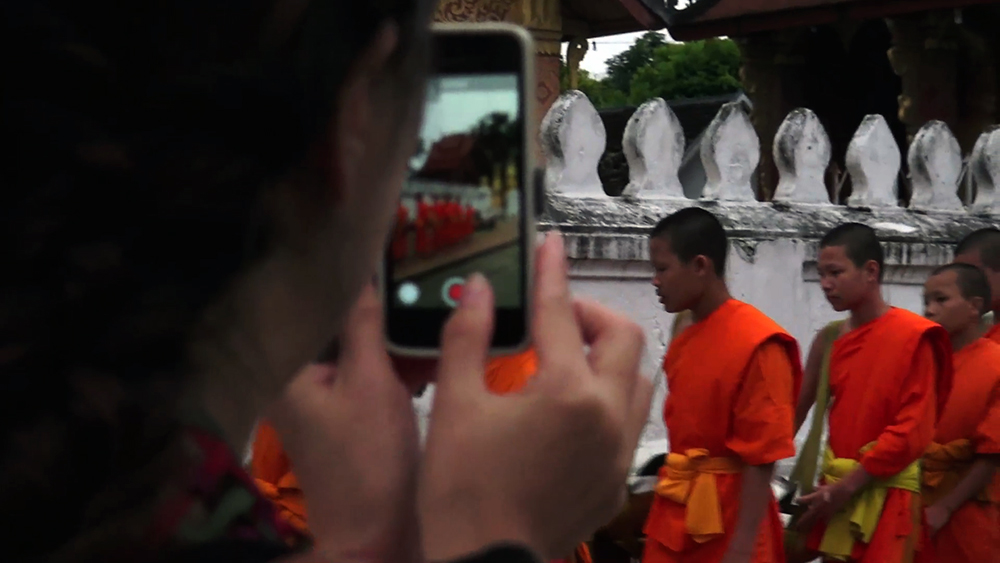Please join us for the launch of Rewind Forward at the Victorian Archives Centre Gallery, featuring the work of our 2025 Creative in Residence artists: Emile Zile, Sam Wallman, Shannon Slee, Susan Fitzgerald, and Queer-ways.
Each artist has delved deep into Public Record Office Victoria’s collection to examine local histories that resonate with them on a personal level. Through historic photographs, criminal inquest records, original artifacts and hand written documents, they’ve explored Victoria’s past and created works about the relevance of history on contemporary issues.
Comics journalist, and dock worker Sam Wallman has looked into the impact of automation on the docks. Textile artist Shannon Slee is highlighting the historical violence on women’s bodies due to state laws that prohibited access to safe reproductive health care. Graphic designer Susan Fitzgerald has immersed herself in the history of transport ticket design and the lost manufacturing processes. LUCIANO and George Keats, who work collectively as Queer-ways have brought to life the outfits that landed people in the courts for gender non-conformity in the early 20th century. And video and performance artist Emile Zile has discovered the traces his own family have left behind in the archives.
Opening night: 5-7pm Thursday 29 May 2025
99 Shiel Street, North Melbourne, Australia
https://prov.vic.gov.au/whats/public-exhibitions/rewind-forward
















